
As electric cars continue to gain ground all over the world, one of the big questions facing the industry is how to best repurpose the batteries powering those vehicles after they’re retired. It’s a question that doesn’t have a single correct answer, and so a number of startups have emerged in recent years with their own proposals. Some automakers are considering how to tackle this problem, too, and a solution that Toyota has been working on collects all kinds of high-voltage batteries, regardless of chemistry and degradation, and incorporates them all in a factory storage system. In fact, the company has just begun field testing one application at partner Mazda’s Hiroshima plant.
The Sweep Energy Storage System, as it’s named, takes reclaimed batteries from electrified vehicles—whether the cars they powered were pure electric or hybrids—and connects them to the power grid. The energy management logic Toyota has developed monitors and redirects energy flow in fractions of a second to prioritize healthy batteries and bypass underperforming ones.
Horizon, a publication focused on breakthrough science and technology in Asia, adds that the Sweep system also reuses the inverters from electrified cars, which negates the need for additional power conditioners and thus lowers costs.

Mazda’s Hiroshima campus is relatively self-sufficient, as it contains its own thermal and solar power stations. That makes it an ideal location for Toyota to install the Sweep hardware and realize the benefits it poses for Japan’s automakers. Mazda’s on-site power plant “generates a significant portion of the energy required” for the site’s day-to-day operations, according to the manufacturer.
Toyota and Mazda’s systems have been “connected through their respective energy management systems,” per a Toyota press release, and the nature of that relationship is explained in the handy visual aid you see below. “In the future,” the release reads, “the storage system will be used to regulate power supply and demand from renewable energy, which fluctuates depending on weather and time of day, contributing to carbon neutrality.”
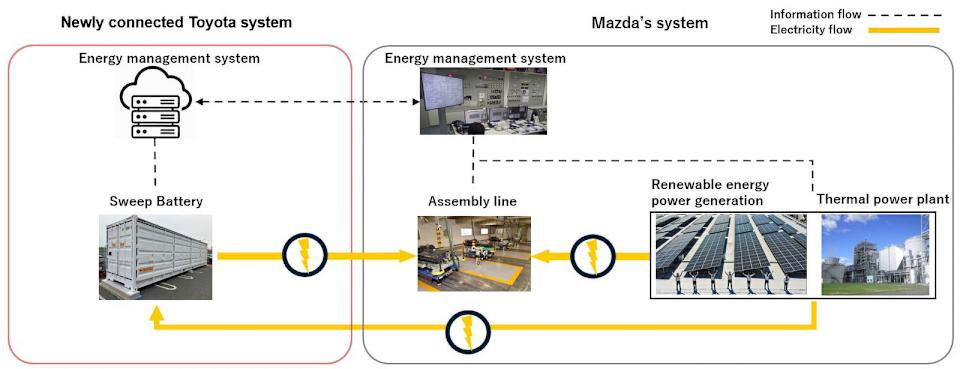
Toyota and Japanese energy company JERA launched the first Sweep system in 2022, connecting it to the Chubu Electric Power Grid. According to Interesting Engineering, “the unit achieved a peak output of 485 kW and stored 1,260 kWh, enough to power over 1,200 homes for an hour.” The fact that the system, as designed, can tolerate used batteries of varying quality and chemistries makes it flexible. And flexibility in this case means practicality, which is critical for the uptake of recycling in any form.
Got a tip? Send it our way at [email protected]

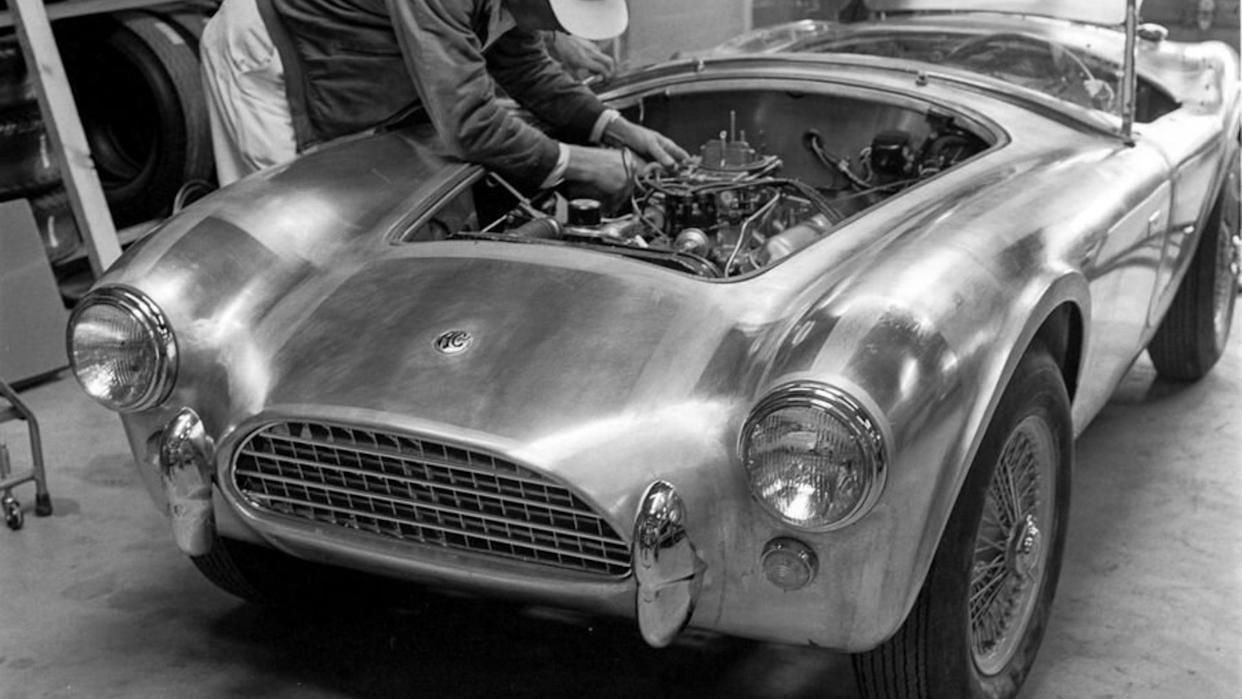

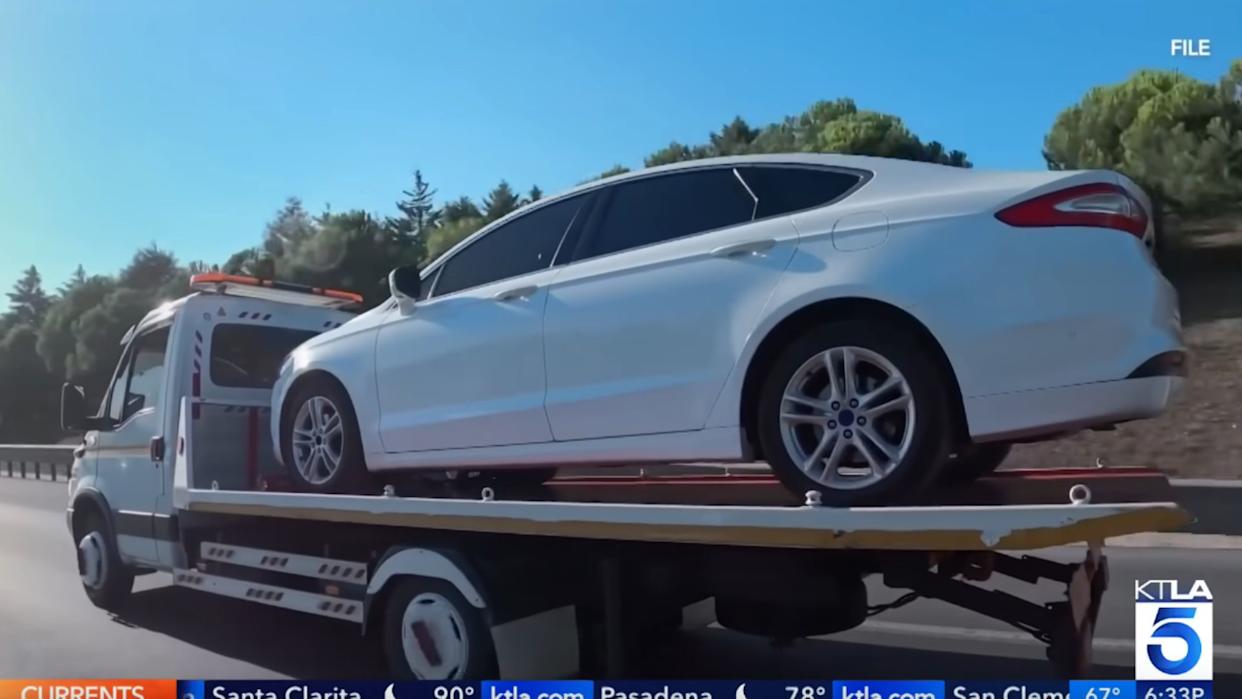
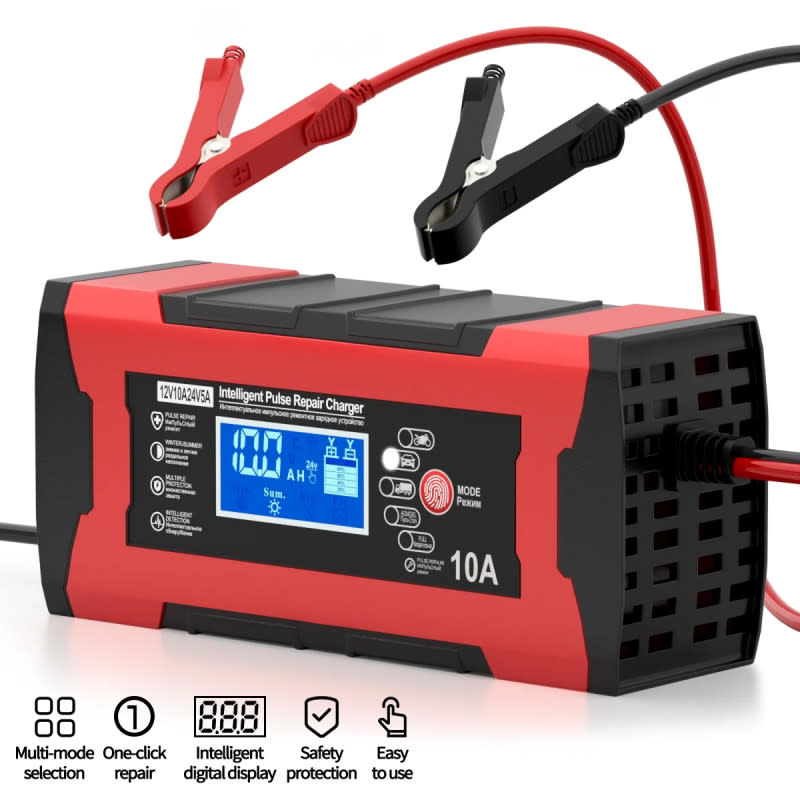

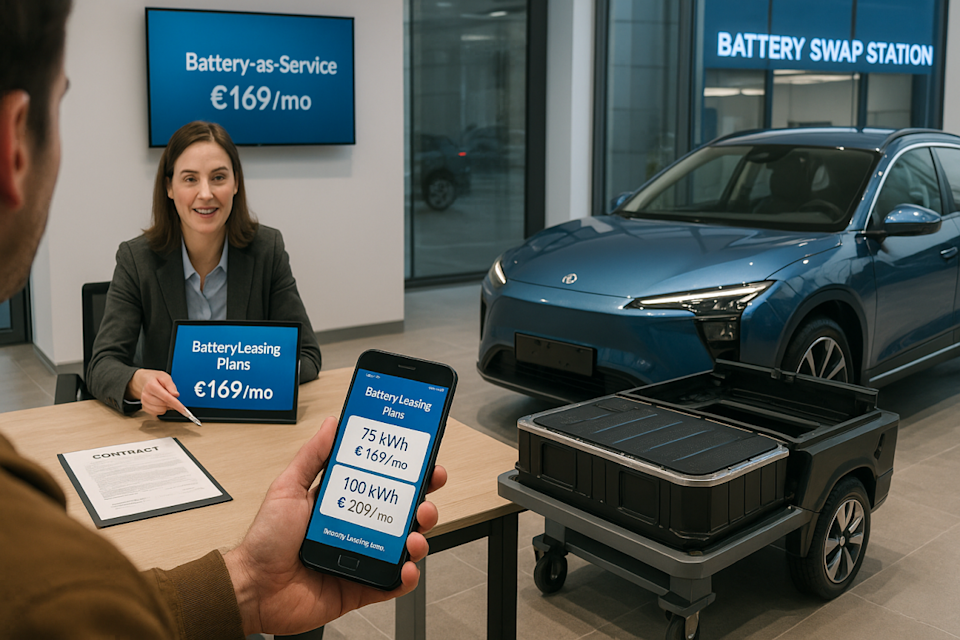
Comments